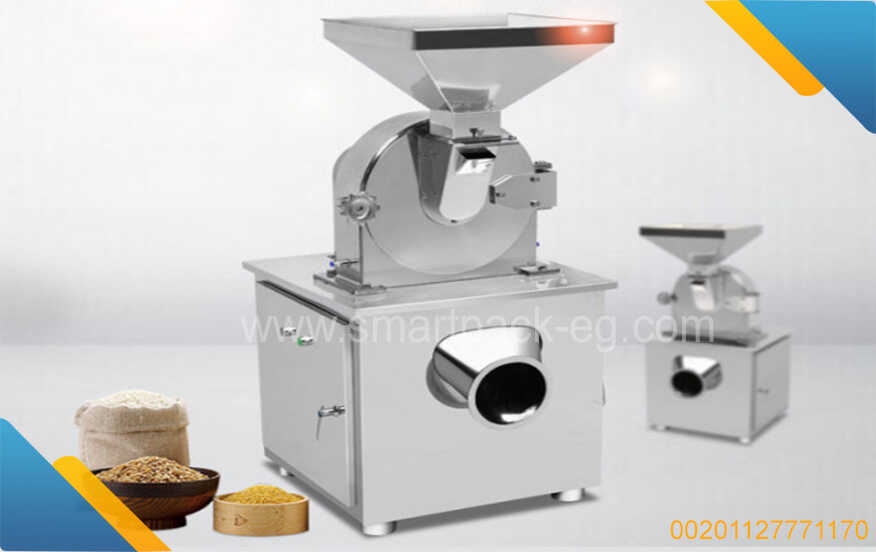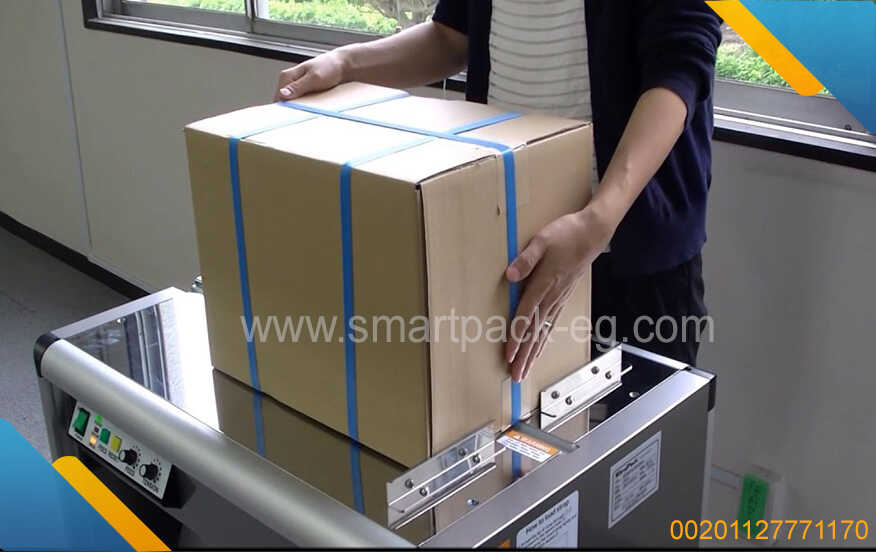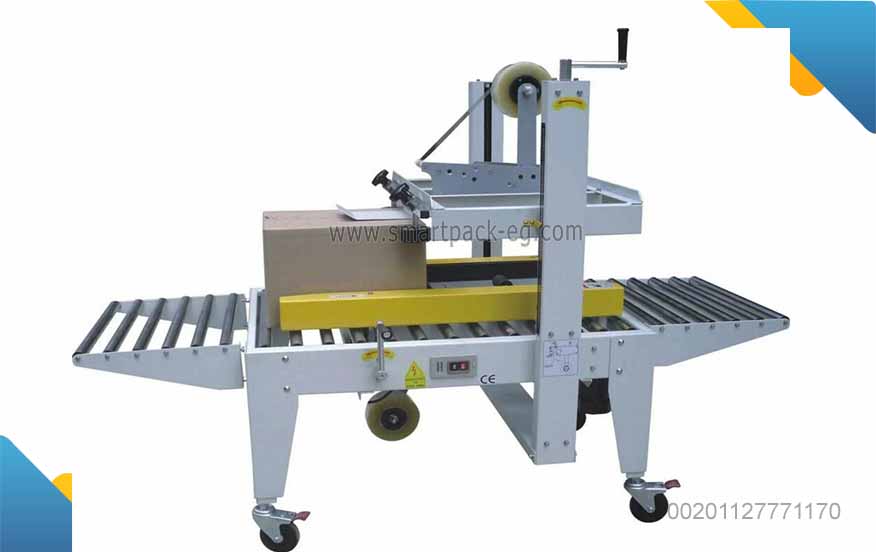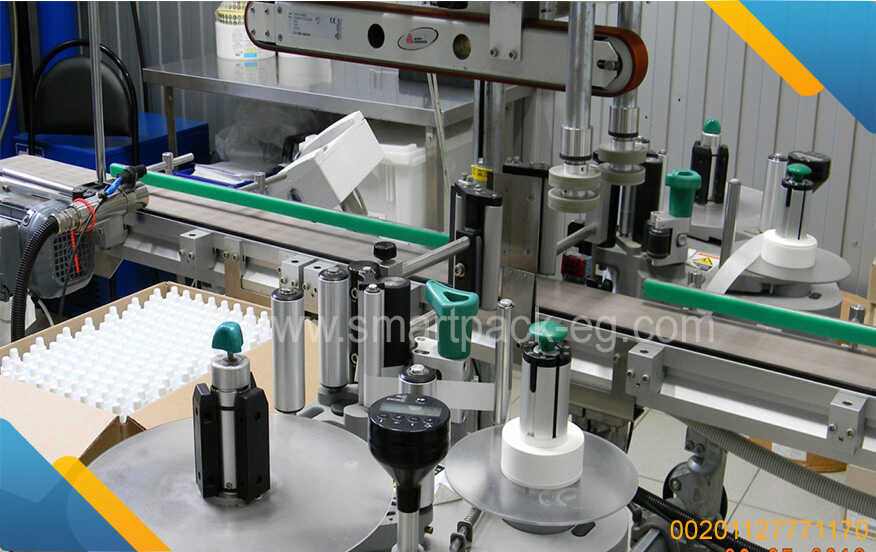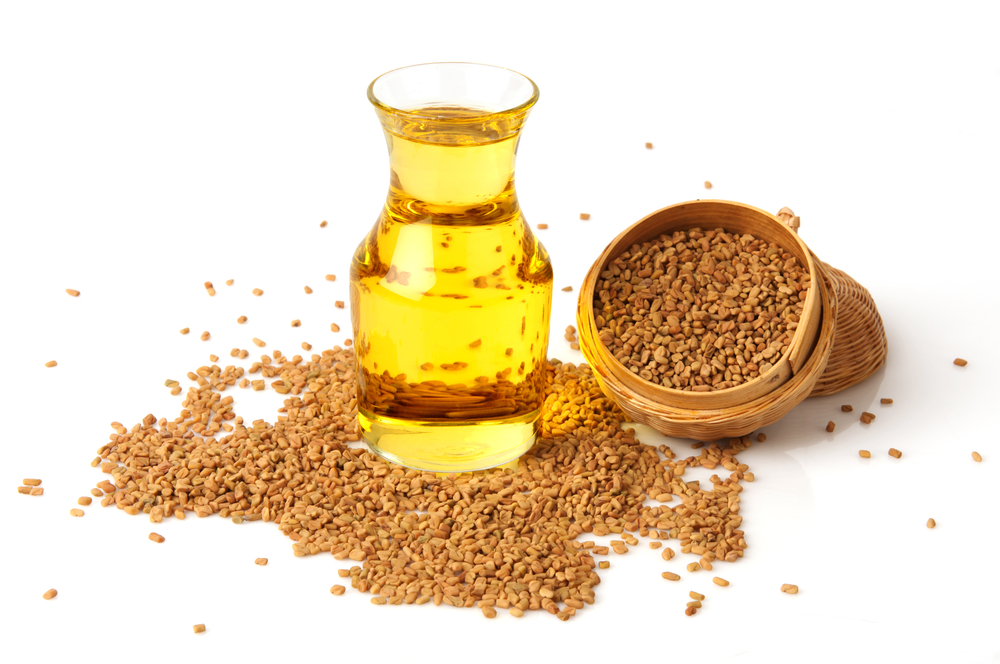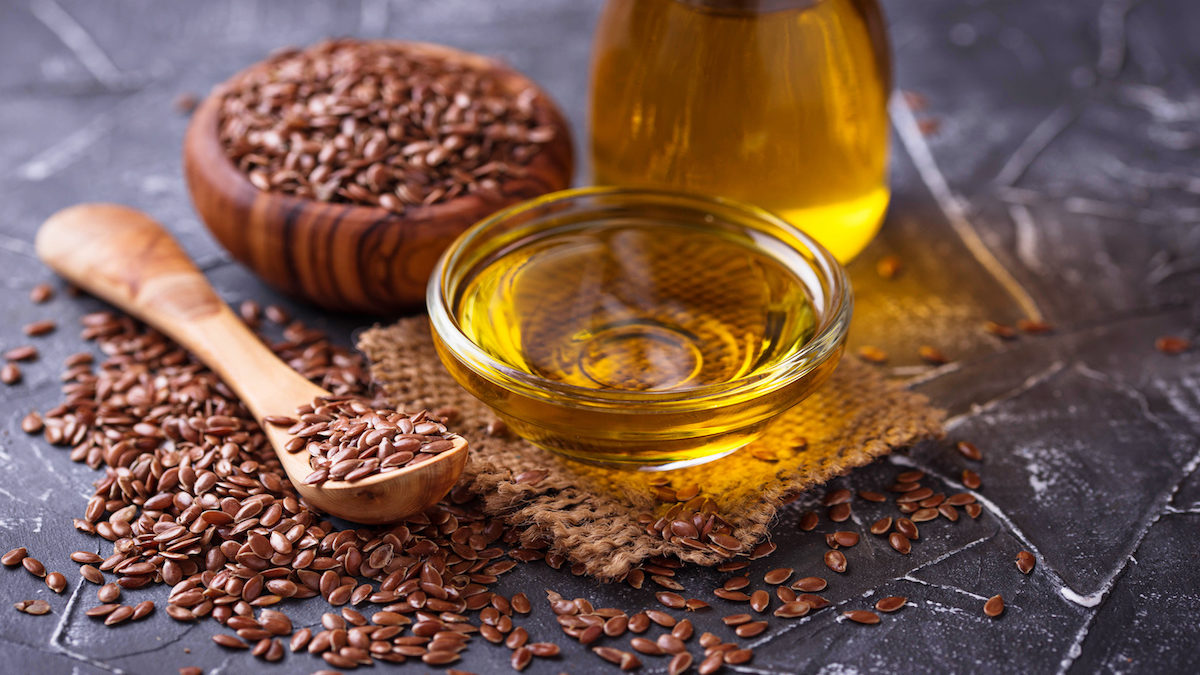Title: A Comprehensive Guide to Mobil Oil Production and Filling Plant Machinery, Components, and Processing
Introduction:
In this guide, we will delve into the world of Mobil oil production and filling plant machinery, components, and processing. Mobil oil is a renowned brand that has been serving various industries for decades. Understanding the machinery, components, and the processes involved can help optimize production efficiency, ensure product quality, and enhance workplace safety.
Table of Contents:
-
Mobil Oil Production and Filling Plant Overview
-
Machinery and Equipment
a. Crude Oil Pre-Treatment
b. Distillation Units
c. Lubricant Manufacturing Units
d. Filling and Packaging Machines
e. Storage Tanks and Handling Equipment -
Key Components
a. Pumps and Compressors
b. Heat Exchangers
c. Reactors and Reactor Vessels
d. Filters and Separators
e. Control Systems -
Processing Steps
a. Crude Oil Reception
b. Pre-Treatment and Refining
c. Blending and Additives
d. Packaging and Filling
e. Quality Control -
Safety Considerations
a. Occupational Safety
b. Chemical Handling and Storage
c. Fire Safety Measures
d. Environmental Considerations -
Maintenance and Troubleshooting
a. Regular Equipment Inspections
b. Lubrication and Fluid Analysis
c. Preparing and Implementing Maintenance Plans
d. Troubleshooting Common Issues -
Ensuring Quality Assurance
a. Quality Control Testing
b. Compliance with Industry Standards
c. Documentation and Record-Keeping -
Conclusion
-
Mobil Oil Production and Filling Plant Overview:
Before diving into the machinery and components used in Mobil oil production and filling plants, it's important to understand the overall process. Crude oil is received and pre-treated to remove impurities and undesirable components. It then goes through distillation and lubricant manufacturing units before being blended with additives. The oil is then packaged and filled into containers following precise quality control guidelines. -
Machinery and Equipment:
Mobil oil production and filling plants utilize a range of specialized machinery and equipment to ensure smooth operations. These can include:
a. Crude Oil Pre-Treatment: Equipment such as desalters, separators, and heaters are used to remove impurities and water from the crude oil.
b. Distillation Units: Atmospheric and vacuum distillation units are employed to separate crude oil into various fractions based on their boiling points.
c. Lubricant Manufacturing Units: These units consist of reactors, mixers, and blending tanks to manufacture lubricating oils, greases, and other specialized products.
d. Filling and Packaging Machines: Automated filling machines, capping machines, labeling machines, and packaging equipment are used for efficient and accurate packaging of Mobil oil products.
e. Storage Tanks and Handling Equipment: Tanks with storage and handling equipment, such as pumps, meters, and valves, are essential for storing and transferring the oil throughout the production process.
- Key Components:
A Mobil oil production and filling plant incorporates several critical components to ensure efficient and reliable operations. These include:
a. Pumps and Compressors: These devices are responsible for transferring fluids and maintaining pressure throughout the production process.
b. Heat Exchangers: Used to control and transfer heat, heat exchangers are vital for optimizing temperature conditions during distillation and other processing stages.
c. Reactors and Reactor Vessels: These vessels facilitate chemical reactions during the production of specific oil products.
d. Filters and Separators: Filters and separators remove impurities and solids from the oil, ensuring clean and high-quality end products.
e. Control Systems: Advanced control systems, including SCADA (Supervisory Control and Data Acquisition), ensure efficient operation and provide real-time monitoring and control over the entire process.
- Processing Steps:
Understanding the Mobil oil production and filling process involves multiple steps:
a. Crude Oil Reception: Incoming crude oil is tested, sampled, and stored for further processing.
b. Pre-Treatment and Refining: Impurities and unwanted components are removed through processes like desalting, dehydration, and distillation to obtain a high-quality base oil.
c. Blending and Additives: The base oil is mixed with carefully selected additives to enhance desired characteristics such as viscosity, anti-wear properties, and resistance to oxidation.
d. Packaging and Filling: Once the final product is obtained, it is packaged into various container sizes, from smaller bottles to large drums and bulk tankers.
e. Quality Control: Multiple tests and inspections are performed throughout the process to ensure product consistency and meet industry specifications.
- Safety Considerations:
Safety should be a priority in any Mobil oil production and filling plant. Some key considerations include:
a. Occupational Safety: Implementing safety protocols, providing appropriate protective equipment, and conducting employee training to minimize workplace accidents and injuries.
b. Chemical Handling and Storage: Ensuring safe handling, storage, and disposal of hazardous chemicals to minimize the risk of spills and exposures.
c. Fire Safety Measures: Installing fire detection and suppression systems, proper ventilation, and emergency response plans to prevent and manage potential fires.
d. Environmental Considerations: Adhering to local regulations to prevent pollution, implementing waste management practices, and promoting sustainable operations.
- Maintenance and Troubleshooting:
Regular maintenance and troubleshooting are vital for ensuring the reliability and longevity of machinery and equipment. Key steps include:
a. Regular Equipment Inspections: Regularly inspecting machinery and equipment for signs of wear, leaks, or abnormalities.
b. Lubrication and Fluid Analysis: Proper lubrication of equipment and routine fluid analysis to identify potential issues and prevent equipment failures.
c. Preparing and Implementing Maintenance Plans: Developing a comprehensive maintenance plan that includes preventive, predictive, and reactive maintenance strategies.
d. Troubleshooting Common Issues: Identifying common issues and implementing effective troubleshooting strategies to minimize downtime.
- Ensuring Quality Assurance:
Quality assurance is crucial in Mobil oil production and filling plants to meet customer expectations and industry standards. Important steps include:
a. Quality Control Testing: Conducting a series of tests throughout the production process to ensure product consistency, such as viscosity, flash point, and oxidation stability.
b. Compliance with Industry Standards: Adhering to relevant industry standards, certifications, and specifications to maintain quality and customer confidence.
c. Documentation and Record-Keeping: Maintaining accurate records and documentation of quality control tests, production parameters, and product batches.
- Conclusion:
Understanding the machinery, components, and processes involved in Mobil oil production and filling plants is essential for optimizing production efficiency and maintaining product quality. Prioritizing safety, maintenance, troubleshooting, and quality assurance ensures reliable operations and customer satisfaction. By following the guidelines outlined in this comprehensive guide, you can contribute to the success of Mobil oil production and filling plants.

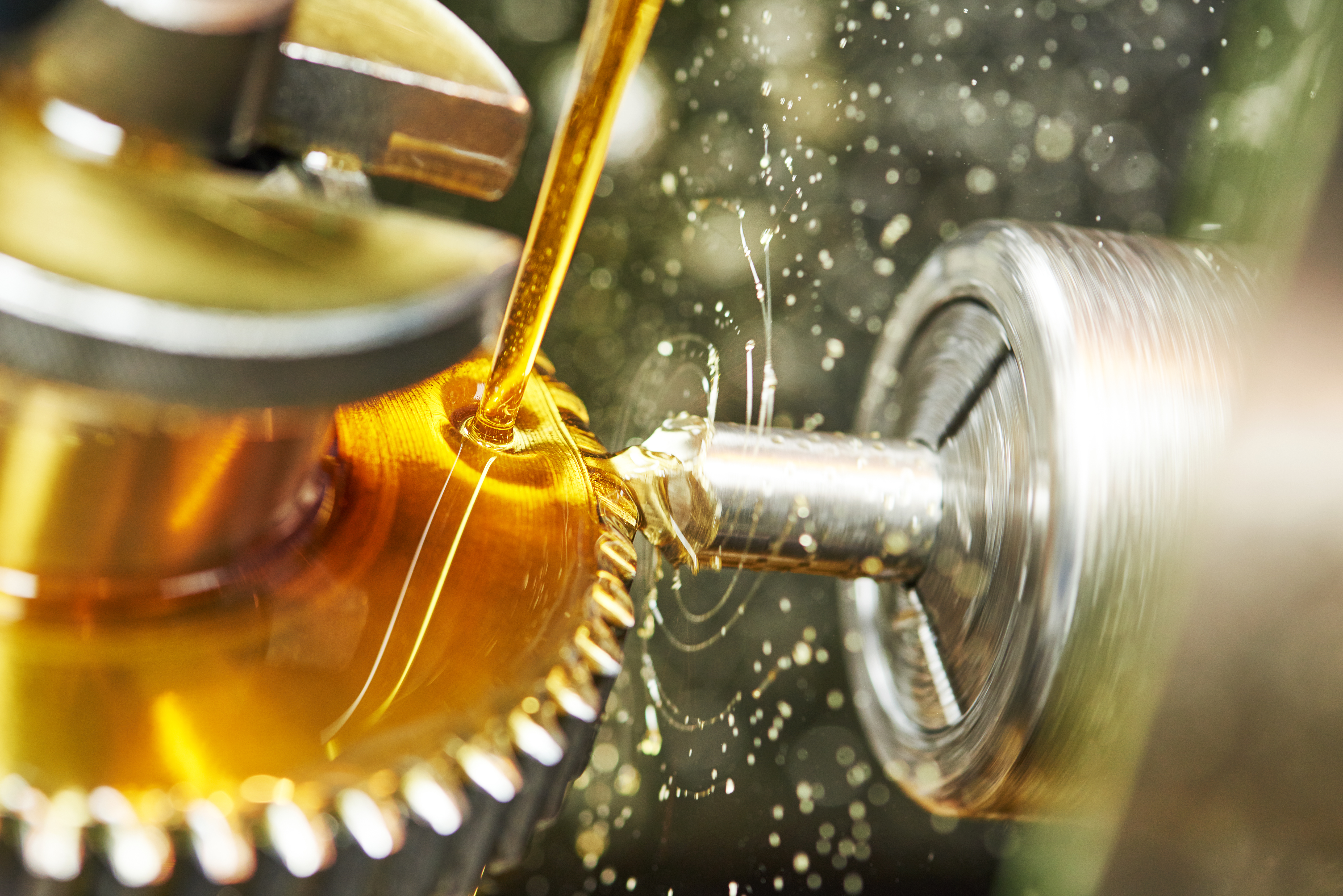
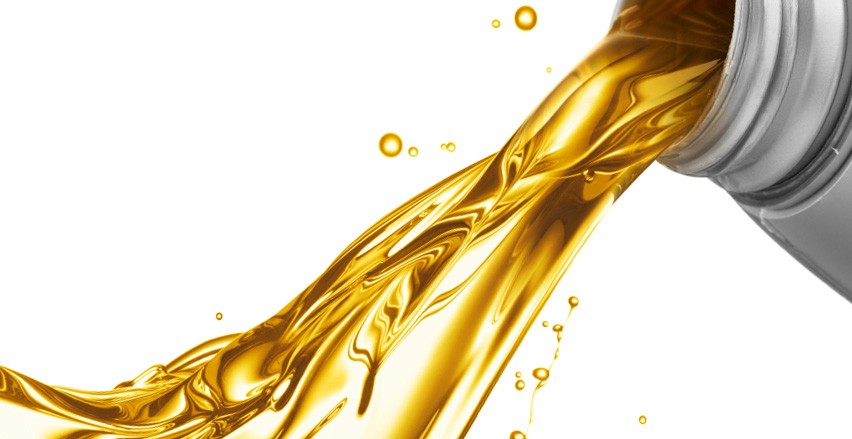
 Admin
Admin 